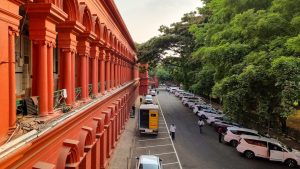
Introduction
On 30th October 2023, Chief Justice of India DY Chandrachud stated that “… NCLT and NCLAT [have] got down to a rot now”, with Senior Advocate Mukul Rohatgi also remarking that “all is not well” at the tribunal (Sharma, 2023).
These statements were made during contempt proceedings in the Supreme Court, against a bench of the NCLAT. The response was swift, with the Supreme Court ordering the NCLAT chairperson to conduct an inquiry and the members to personally appear before the Supreme Court. In this case, a supervisory authority was apprised of the tribunal’s functioning and took action – leading to the resignation of one member and an unconditional apology issued by the other (Bhan, 2023). But this instance was not a one-off aberration; instead, it was an emblematic of the capacity constraints, high degree of discretion, and lack of institutional transparency which affects all benches of the NCLT and NCLAT in India.
In June 2016, the NCLT was first constituted, under Section 408 of the Companies Act, 2013, to hear matters pertaining to the Companies Act as well as the Insolvency and Bankruptcy Code, 2016. At the time, approximately 25,000 pending proceedings from High Courts, the Company Law Board, Debt Recovery Tribunal and Board for Industrial and Financial Reconstruction were transferred to the new NCLT benches.




